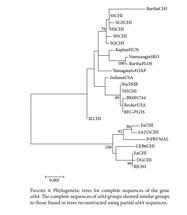Swine Herpes virus 1
In the U.S., the problems caused by feral pigs are exacerbated by the small number of species which prey on them. Predators such as bobcats and coyotes may occasionally take feral piglets or weakened animals, but are not large enough to challenge a full-grown boar that can grow to three times their weight. In Florida, feral pigs make up a significant portion of the Florida panther's diet.[22] Other potential predators include the gray wolf, cougar, jaguar, red wolf, black bear, and grizzly bear. Unfortunately, each keystone predator presents problems: the jaguar is extirpated from California and the Southwest. The grizzly, while native to most of the American West, is gone from the states that have large feral pig populations, namely Texas, Arizona, California, and New Mexico; and the species has a very slow reproductive rate. Wolf numbers are small and expected to remain so as they slowly repopulate their range; only one has thus far been recorded as inhabiting California in spite of thousands of square miles of good habitat. The cougar is present in most of the West, but is gone from the East, with no known populations east of Minnesota in the north, and very thin numbers east of Houston in the South. The black bear is both predator and competitor. Programs do exist to protect the weakened numbers of large predators in the US, but it is expected to take a very long time for these animals to naturally repopulate former habitat.[23] - Wiki




